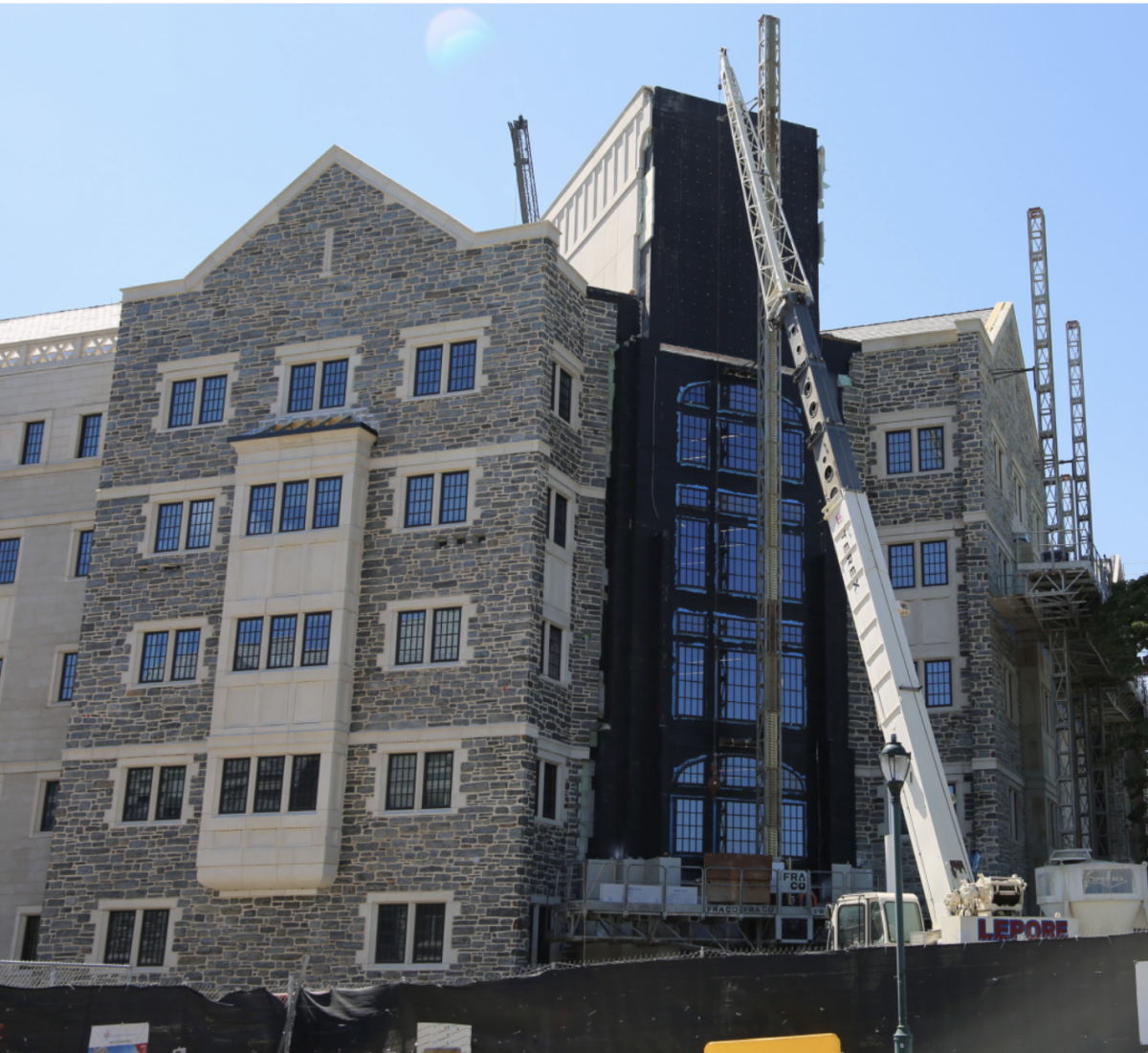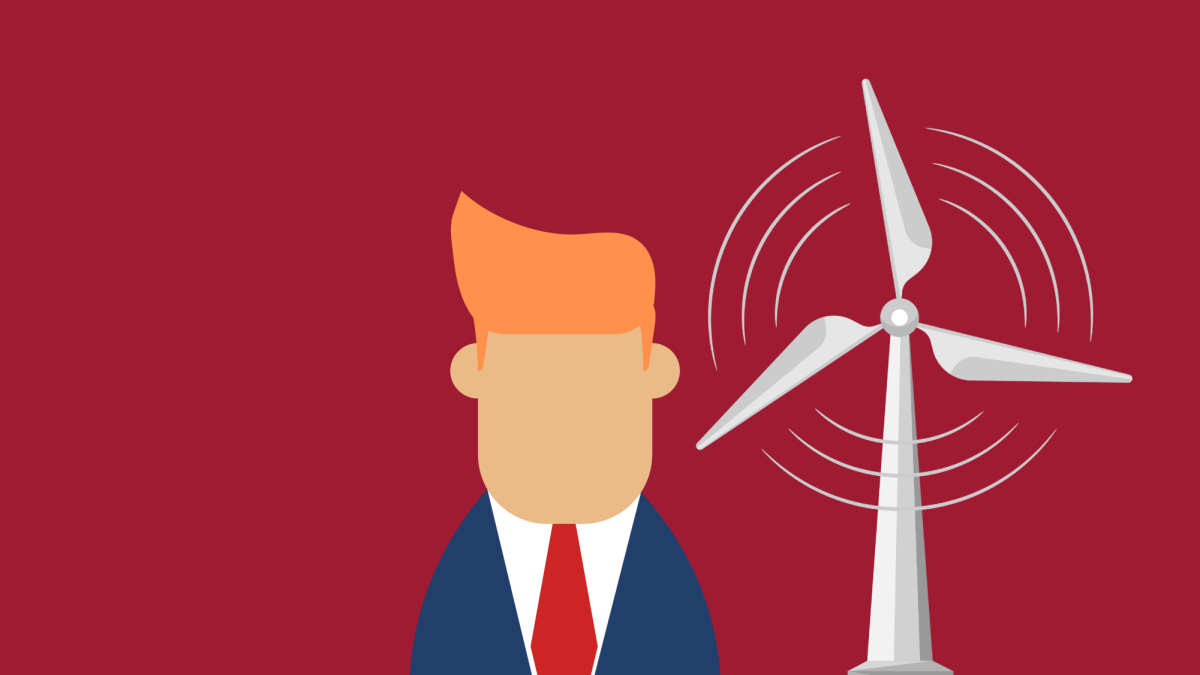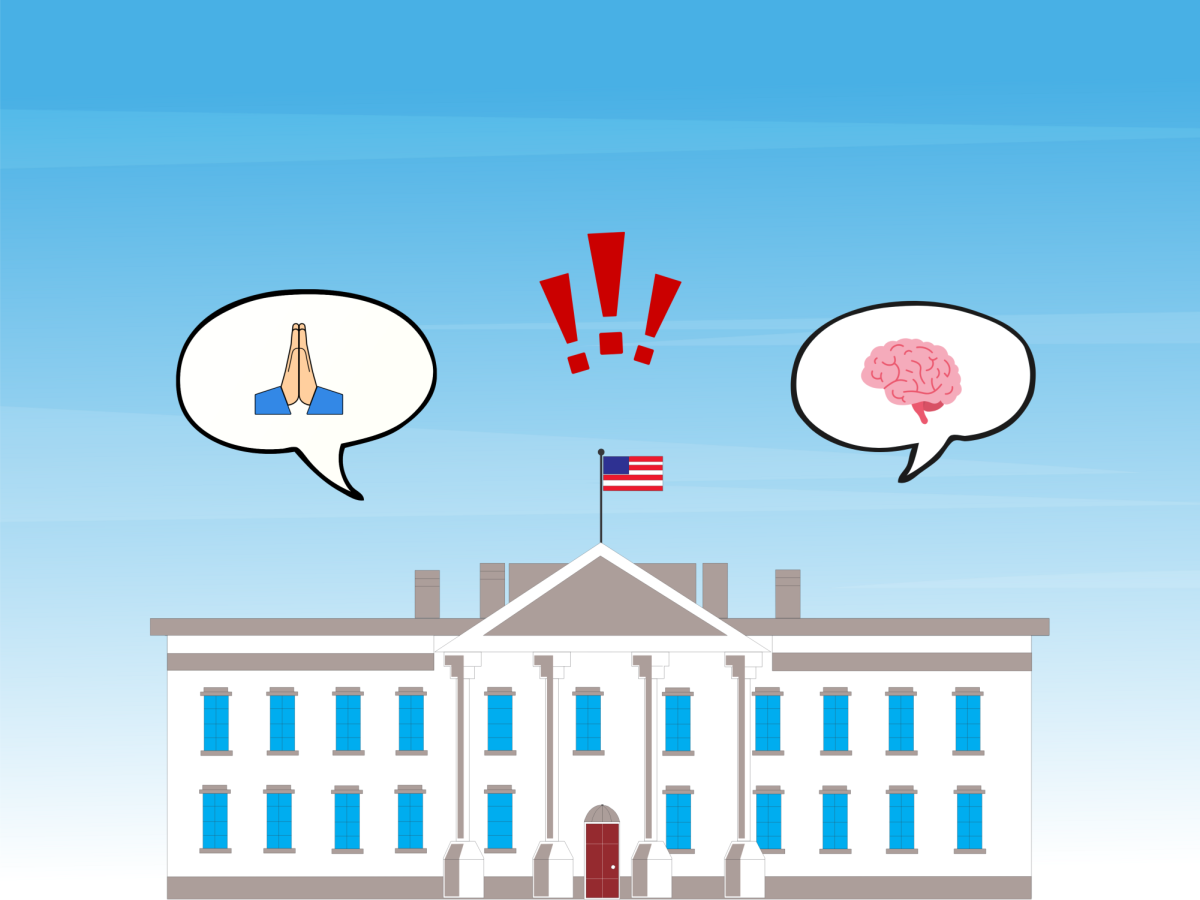Climate change made Tropical Storm Florence a monster
Over the past few weeks, the threat of a Category 4 storm hitting the East Coast had many communities fearing the worst. By the time Hurricane Florence made its inevitable landfall, the storm had been renamed a Category 1.
Despite this downgrade, Florence still rushed in with winds of 105 mph and just under 34 inches of rain. In the aftermath, many are left without power or a roof over their heads. Some people even lost their lives. The overall ecological impact of Hurricane Florence and the force of it, was something of a surprise.
It makes you wonder why this Category 1 storm was so powerful.
The answer could lie in the Earth’s changing climate and our everyday contributions to the warming of the planet.
According to the National Oceanic and Atmospheric Administration (NOAA), human-caused greenhouse gas emissions directly affects the behavior of storms.
This is not to say that climate change increases the quantity of hurricanes that occur, but hurricanes do intensify as a result.
In the case of Hurricane Florence, warmer ocean temperatures allowed the storm to move slowly, build up and take a path that directly hit the East Coastline. During peak hurricane season, many storms form but eventually break up or take a sharp turn before getting anywhere close to land.
With hurricanes like Florence and Sandy, a pocket of high pressure in the atmosphere blocked the usual path and instead put the storm on a direct path to land. Warmer air in the atmosphere holds moisture that creates higher amounts of rainfall and the rise of sea levels gives way for more powerful and further reaching storm surges. With more rainfall and a powerful storm surge, flooding from Florence devastated many areas in the Carolinas, costing an estimated $38 to $50 billion.
So what are we doing wrong?
The major cause of global warming is the burning of fossil fuels like coal and oil. Every time we get in the car, turn on a light, or turn the thermostat up, we are benefitting from fossil fuels. But it isn’t our use of fossil fuels alone. Our high plastic use and consumption plays a large role as well.
The good news is, every single person has the power to live more sustainably. These changes are easy to make as well.
Simple things like turning off the lights when you leave the house, recycling, using a reusable water bottle and using less water can help.
When done by massive amounts of people, it can make a huge impact on the world. We just have to be conscious about the way we live.
Living a more sustainable lifestyle is important, but long term improvements are definitely necessary for slowing the rate of global warming.
This is the difficult part, especially with a government that refuses to acknowledge the problem and actually makes profits from these harmful behaviors.
I fear things will only continue to get worse. Judging from the response to Hurricane Maria in Puerto Rico last year, we have to rely on each other to make it through these monster storms.
When you anger Mother Nature, she fights back and she wins. We have to step up as a society and reevaluate how we treat the Earth.
Every single person has the power to change the world. Let’s make the world green again and give our future children, grandchildren and great grandchildren the home they deserve.












































